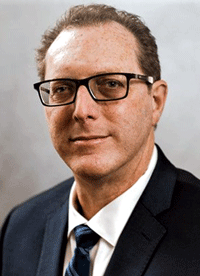Car technologies or software systems come in various forms. Here are some common ones that contribute to auto accidents.
Automatic Parking. Some cars come with automatic parking systems that ease the parking process, especially in tight spaces. For some systems, the driver and the parking system work together. For example, the driver may control the braking and acceleration as the system steers the car. Some systems take over the entire parking process.
System failure can lead to an accident in either case. For example, the car might not stop when it needs to, leading to a collision.
Autonomous Driving. Autonomous driving systems that steer, brake, and accelerate are gaining momentum by the day. Most of the systems still require the driver to be in the driver’s seat and initiate manual control if the system fails. Again, a system failure can lead to a crash in various scenarios. An example is if the car tries to navigate a turn at high speed and flips.
Accident Avoidance Systems. Some cars also come with an accident avoidance system designed to prevent or mitigate the severity of auto accidents. For example, some cars have systems that monitor the road and car speed to initiate braking in case a collision is imminent. An accident might occur if the system fails, and the car erroneously stops.
LIABILITY
If you initiate an auto accident claim, you must identify the liable party you want to compensate for your damages. Below are some potentially liable parties in case of a software-failure accident.
Car Manufacturer. You may file a product liability claim against the car manufacturer if you can prove that software failure caused the accident. The legal theory of product liability allows you to pursue damages from a manufacturer, vendor, or designer who sells you a defective product.
Driver. As previously mentioned, most cars still require driver involvement for safety purposes. Thus, a driver’s mistake can lead to an accident, even for the so-called self-driving cars. For example, car manufacturers typically require drivers to control the car in case of a system failure. In such a case, a driver who gets distracted and doesn’t control the car is liable for the damages.
Third Parties. As with other car accidents, don’t restrict the defendants to the car’s driver or manufacturer in case of a software-caused accident. Other third parties, such as road maintenance contractors or the car’s software programmers, might be liable for the crash. That might be the case, for example, if the car manufacturer outsourced the software programming to a third party.
PROOF OF LIABILITY
You must prove the defendant’s liability to win your settlement. You are likely to need these two forms of evidence, in addition to the usual forms of evidence (such as accident photographs) in auto accident cases.
Recall Information. The car manufacturer might issue a recall if the software issue affects several cars and presents a safety issue. Check if a recall exists for your car and its specific issue. If you find a relevant recall, you can use the information to prove the manufacturer’s knowledge of and liability for the issue.
Expert Testimony. The average person may struggle to understand automatic car systems and their failures. Thus, you may need an expert witness to explain to the court how the software operates and how its failure caused the crash. The expert must be conversant with the system that caused your accident.


